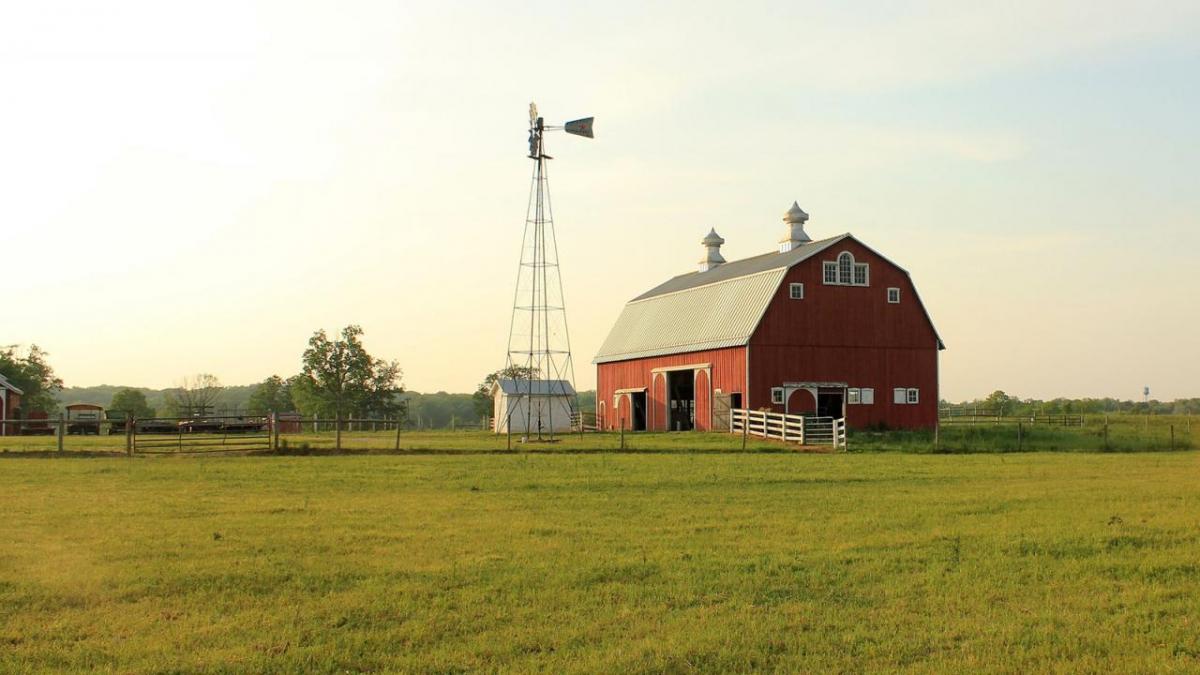Introduction
In Nebraska, most of my conversations about managing agricultural properties, whether rental or production, tend to steer toward real estate taxes at some point. While many counties in Nebraska have seen agricultural land taxes drop slightly since the 2015-2017 period, they are still a significant portion of operational expense. For example, dryland acres in Southeast Nebraska ballpark around $60 an acre. For someone looking to cash rent inherited ground, this becomes a major point of concern when looking for a tenant. If that ground cash rents for $190 an acre, and $60 an acre goes towards real estate taxes, that leaves us with $130 an acre. Looking at an 80-acre farm, that’s $4,800 in real estate taxes, leaving you with $10,400. Then you still have to account for state and federal income taxes and managing/operational expenses. Suppose you ended with a net income of $8,000. If ground is selling for $6,500, that puts a total worth of the farm at $520,000, giving us a return on asset of 2% for the rental activity. The question I propose to some is if agricultural land is the best investment for their portfolio?
Capital Gains Tax
Capital gains tax, as of the time of this article, follows one of two methods. Both methods can be found and studied in IRS Publication 544, Sales and Other Dispositions of Assets. For most assets held for more than a year, the rate is either 0% for incomes $0 to $39,375; 15% for incomes $39,376 to $434,550; or 20% for incomes $434,551 or more. The rate for assets held for less than a year corresponds to your ordinary income tax bracket (10%, 12%, 22%, 24%, 32%, 35%, or 37%.) The rate is applied to the difference between the selling price and the basis, price attributed to the asset at time of original ownership. So, if the above property was purchased in 1992 for $3,000 an acre, we would have a capital gain of $3,500 an acre, (6,500 – 3,000), to calculate the tax on. If we are looking at an income of $80,000, then that places us in the 15% tax bracket. $3,500 an acre times 80 acres times 15% gives us a capital gains tax of $42,000.
Alternative investing
Now that the capital gains tax is calculated and paid, we have an amount available for alternative investing. We have $478,000 that we can invest to restructure our investing portfolio. One option would be to invest in stock markets. An estimate of rate of returns would be 5%—6%. The average annualized total return for the S&P 500 index over the past 90 years is 9.8%. Taking the $478,000 and estimating a 5% return would give us $23,900 a year. Some of that return is represented by unrealized growth in the stock value, which loops us back to the final point.
Consideration for keeping the farmland
There is one major piece to consider for keeping farmland that is not mentioned so far. The cash rent activity on the farm ground is similar to a divided for stocks. What about accounting for the increase in value of land? Farm ground in the 1960s could be purchased for $130 an acre. Now, that same ground is $6,500 an acre. Over that 60-year span, that annualized return on investment was 6.74%. That brings the farmland to a competitive value in comparison to investment like stocks. There will be instances with farmland that require major cash outflows to maintain its value and rent ability. Terraces, fence, ditches, soil profiles and other factors not only effect the overall asset value, but could hurt cash rent values as well. Just like with any rental property, some of the profit should be saved to cover future needed repairs and maintenance in order to protect your investment. The key point with both land and stocks from a cash flow side is that, in order to realize and tap in to increases in equity, there has to be a sale of the asset that could trigger capital gains.
